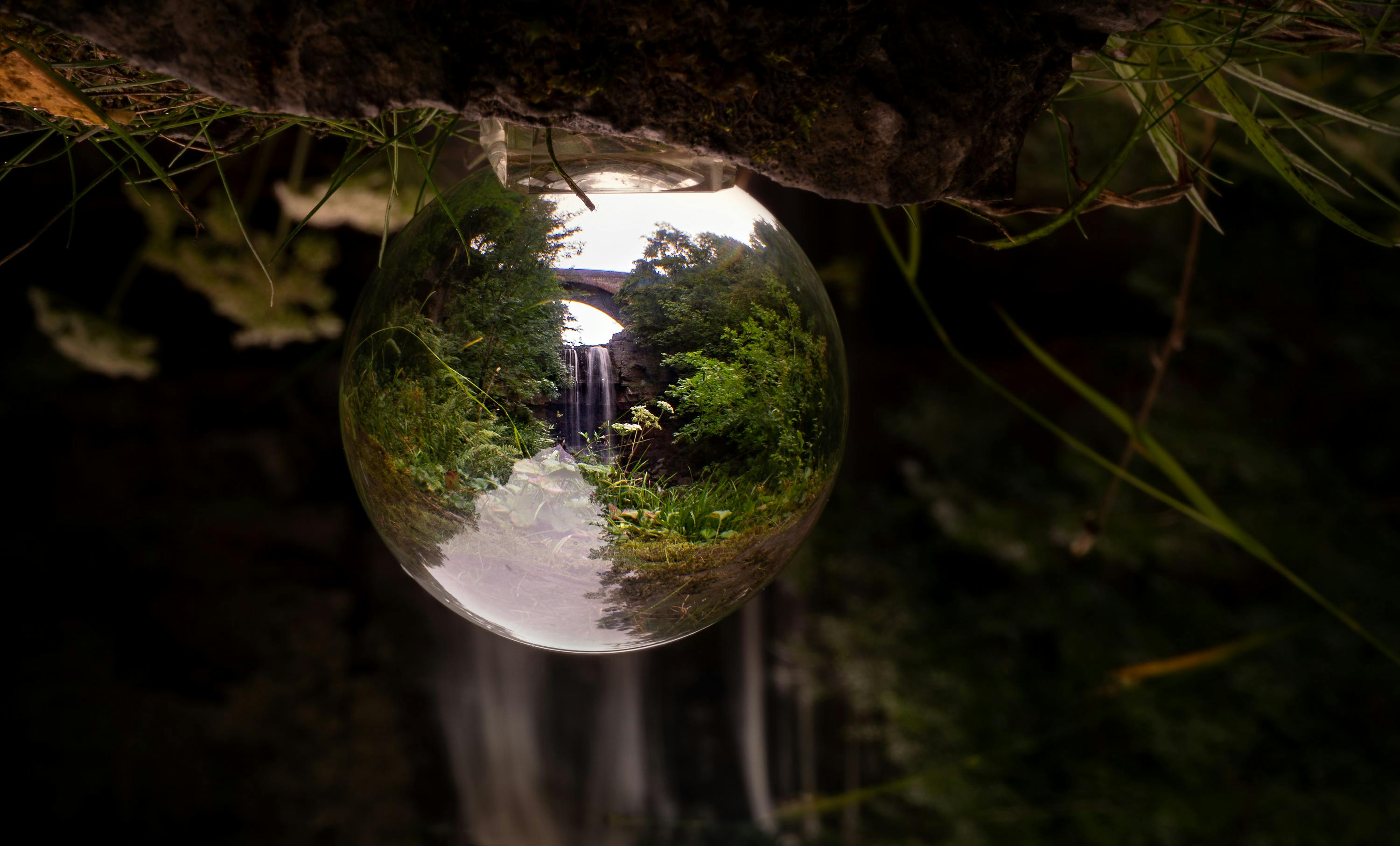Temporal Trade-offs
Catalog
Date
Author
Copyright
Evolutionary Trade-offs in Dormancy Phenology
This research explores trade-offs in dormancy phenology, shedding light on evolutionary strategies in temporal adaptation.
Dormancy phenology, crucial for survival in fluctuating environments, involves complex trade-offs. This article examines how organisms balance energy allocation between growth and dormancy, adapting to seasonal cues. We delve into the evolutionary implications of early versus late dormancy onset, considering ecological pressures and genetic constraints. Understanding these trade-offs enhances predictions of species responses to climate change and informs conservation strategies.



Scroll to explore

